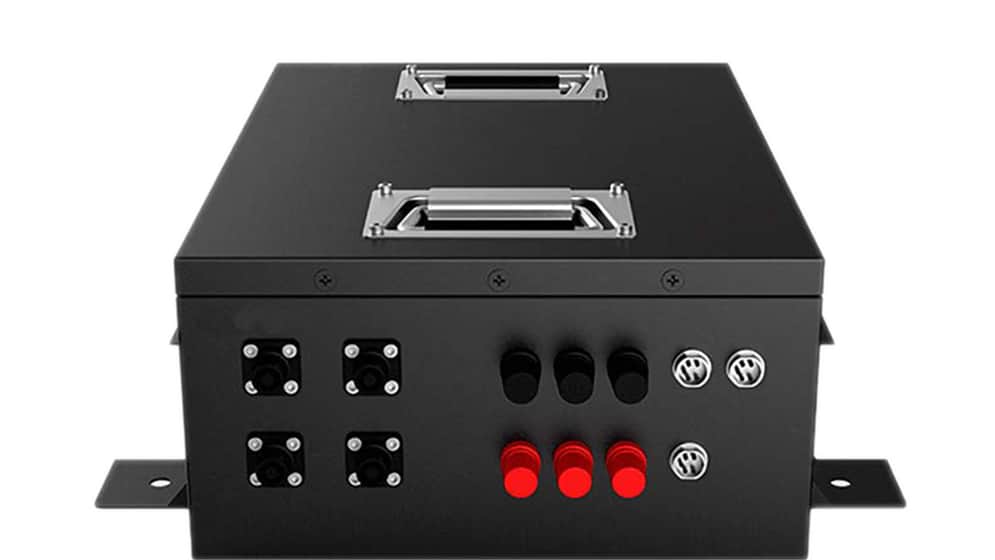- Curved Lithium Polymer battery
- Fast Charge Polymer Battery
- Flexible Polymer Lithium Battery
- Ultra-thin Polymer Battery
/ Blog / Battery Knowledge /
Dry goods nine kinds of energy storage battery analysis and shortcomings summary
08 Jan, 2022
By hoppt

Energy storage mainly refers to the storage of electrical energy. Energy storage is another term in oil reservoirs, which represents the ability of the pool to store oil and gas. Energy storage itself is not an emerging technology, but from an industrial perspective, it has just emerged and is in its infancy.
So far, China has not reached the level that the United States and Japan treat energy storage as an independent industry and issue particular support policies. Especially in the absence of a payment mechanism for energy storage, the commercialization model of the energy storage industry has not yet taken shape.
Lead-acid batteries use in high-power battery energy storage applications, mainly for emergency power supply, battery vehicles, and power plant surplus energy storage. It can also use rechargeable dry batteries on low-power occasions, such as nickel-metal hydride batteries, lithium-ion batteries, etc. This article follows the editor to understand the advantages and disadvantages of nine types of battery energy storage.
- Lead-acid battery
main advantage:
- The raw materials are readily available, and the price is relatively low;
- Good high-rate discharge performance;
- Good temperature performance, can work in the environment of -40 ~ +60 ℃;
- Suitable for floating charging, long service life, and no memory effect;
- Used batteries are easy to recycle, conducive to protecting the environment.
Main disadvantages:
- Low specific energy, generally 30-40Wh/kg;
- The service life is not as good as that of Cd/Ni batteries;
- The manufacturing process is easy to pollute the environment and must be equipped with three waste treatment equipment.
- Ni-MH battery
main advantage:
- Compared with lead-acid batteries, the energy density is greatly improved, the weight energy density is 65Wh/kg, and the volume energy density is increased by 200Wh/L;
- High power density, can charge and discharge with the large current;
- Good low-temperature discharge characteristics;
- Cycle life (up to 1000 times);
- Environmental protection and no pollution;
- The technology is more mature than lithium-ion batteries.
Main disadvantages:
- The normal working temperature range is -15~40℃, and the high-temperature performance is poor;
- The working voltage is low, the working voltage range is 1.0~1.4V;
- The price is higher than lead-acid batteries and nickel-metal hydride batteries, but the performance is worse than that of lithium-ion batteries.
- Lithium-ion battery
main advantage:
- High specific energy;
- High voltage platform;
- Good cycle performance;
- No memory effect;
- Environmental protection, no pollution; it is currently one of the best potential electric vehicle power batteries.
- Supercapacitors
main advantage:
- High power density;
- Short charging time.
Main disadvantages:
The energy density is low, only 1-10Wh/kg, and the cruising range of supercapacitors is too short to be used as the mainstream power supply for electric vehicles.
Advantages and disadvantages of battery energy storage (nine types of energy storage battery analysis)
- Fuel cells
main advantage:
- High specific energy and long driving mileage;
- High power density, can charge and discharge with the large current;
- Environmental protection, no pollution.
Main disadvantages:
- The system is complex, and the technology maturity is poor;
- The construction of the hydrogen supply system is lagging;
- There are high requirements for sulfur dioxide in the air. Due to the domestic severe air pollution, domestic fuel cell vehicles have a short lifespan.
- Sodium-sulfur battery
Advantage:
- High specific energy (theoretical 760wh/kg; actual 390wh/kg);
- High power (discharge current density can reach 200~300mA/cm2);
- Fast charging speed (30min full);
- Long life (15 years; or 2500 to 4500 times);
- No pollution, recyclable (Na, S recovery rate is nearly 100%); 6. No self-discharge phenomenon, high energy conversion rate;
insufficient:
- The working temperature is high, the operating temperature is between 300 and 350 degrees, and the battery needs a certain amount of heating and heat preservation when working, and the startup is slow;
- The price is high, 10,000 yuan per degree;
- Poor security.
Seven, flow battery (vanadium battery)
advantage:
- Safe and deep discharge;
- Large scale, unlimited storage tank size;
- There is a significant charge and discharge rate;
- Long life and high reliability;
- No emission, low noise;
- Fast charging and discharging switching, only 0.02 seconds;
- The site selection is not subject to geographical restrictions.
shortcoming:
- Cross-contamination of positive and negative electrolytes;
- Some use expensive ion-exchange membranes;
- The two solutions have enormous volume and low specific energy;
- The energy conversion efficiency is not high.
- Lithium-air battery
Fatal flaw:
The solid reaction product, lithium oxide (Li2O), accumulates on the positive electrode, blocking the contact between the electrolyte and the air, causing the discharge to stop. Scientists believe that lithium-air batteries have ten times the performance of lithium-ion batteries and provide the same energy as gasoline. Lithium-air batteries charge oxygen from the air so that the batteries can be smaller and lighter. Many laboratories worldwide are researching this technology, but it may take ten years to achieve commercialization if there is no breakthrough.
- Lithium-sulfur battery
(Lithium-sulfur batteries are a promising high-capacity energy storage system)
advantage:
- High energy density, the theoretical energy density can reach 2600Wh/kg;
- Low cost of raw materials;
- Less energy consumption;
- Low toxicity.
Although lithium-sulfur battery research has gone through decades and many achievements have been made in the past ten years, there is still a long way to go from practical application.
Prev: Li-ion Battery Rebuild
Next: Li-ion Battery Rebuild



